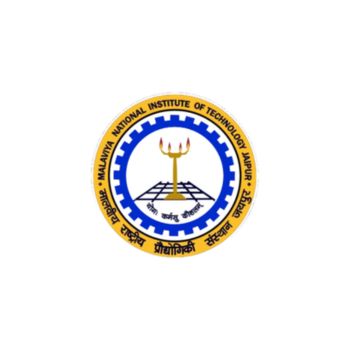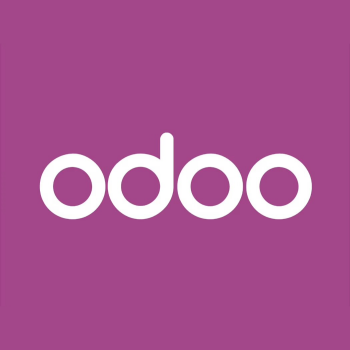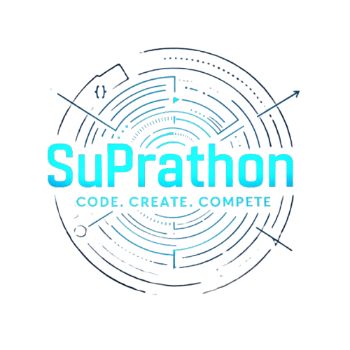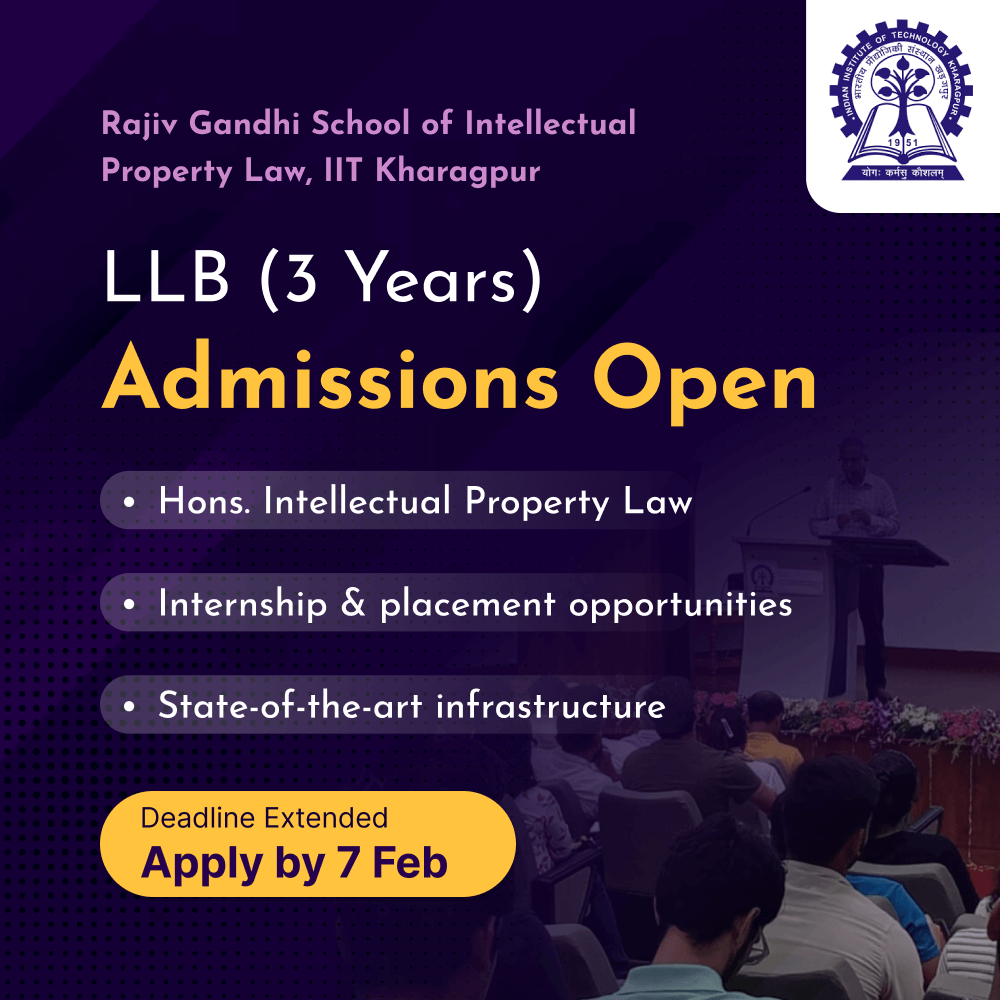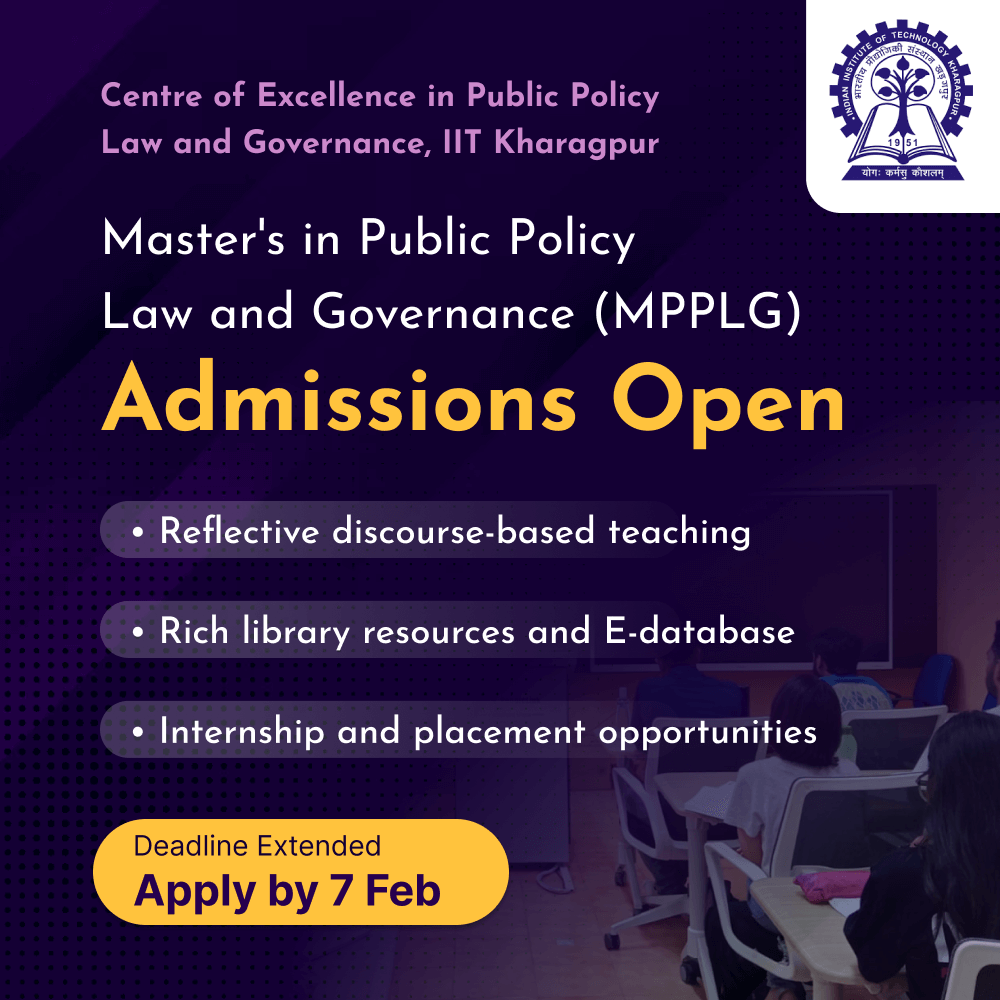Applications are invited for Hacknosis 2023- Optimizing Patient Experiences by OpenText. The last date of registration is 15 September.
About the Challenge
Gaps in healthcare still exist and the need for better solutions to bridge those gaps is critical. Today, more than half of the world’s population lives one to two hours away from a doctor. The pandemic taught us that telehealth can be a great option.
It allows patients and doctors to maintain routine contact and, therefore, good health—but only if the right tools are available. The challenge faced by health providers is how to incorporate new technologies that enable doctors and patients to have real conversations, supported by a simple experience.

Theme
Integration of healthcare and patient information for doctors
As smart devices become more accessible to the public and with the rise of fitness and wellness apps available, patients are owning and tracking their own health data in ways that were not accessible to doctors before. Therefore, the need to create secure ways to share data with healthcare providers and connect to their health networks and systems is becoming increasingly important.
Patients are collecting data on their eating habits, fitness regimes, and if they have smart medical devices (such as Continuous Glucose Monitoring devices), this data can be shared with their healthcare providers. Enabling patients to share this information with their doctors could facilitate fewer visits, customized treatment plans, and reduce the need for testing in some cases, while giving doctors a better picture to diagnose and customize treatment based on lifestyle.
Develop a connector or solution that allows patients to seamlessly share their health information with healthcare providers securely.
Embedding accessibility into healthcare solutions
Approximately 15% of the global population lives with a disability. Accessibility issues are any barriers that make it difficult or impossible for disabled users to access, navigate, or engage with digital content.
Web accessibility issues are only the tip of the spear when it comes to addressing digital accessibility requirements that can be extended and applied to all forms of digital content, including document optimization and images. The international standards set out by the Web Content Accessibility Guidelines (WCAG) and the American Disabilities Act (ADA) have identified common web accessibility issues and have created a list of standards that are classified under 4 key principles, the first of which apply to this challenge:
- Perceivable
- a. Make it Simpler for users to see and hear content
- b. Present text alternatives for non-text content
- c. Five captions & other alternatives for multimedia
- d. Create content that can be presented without losing meaning using assistive technologies
- Operable
- Understandable
- Robust
Develop a solution that optimizes accessibility requirements that an organization can utilize to make their solutions digitally accessible.
Transforming Information capture
Approximately 15% of the global population lives with a disability. Paper records or documents pose the same problem – the lack of digital optimization. When documents or records are added to a system of record, it lacks of usable data that can be utilized for further analysis.
Take blood tests for example, when uploaded it lacks of metadata. Imagine if you could turn the results of a blood test into usable metadata, you could transform that data and create tagging structures, new libraries for analysis and more.
Build a solution that can capture, uber ingest and transform documents. If you’re ambitious, feel free to combine this challenge with the next 2 challenges to create a solution.
Data analysis and presentation in doctor portals
Healthcare data lakes pose challenges, one of those being how to effectively manage and analyze unstructured data. This requires advanced techniques for text mining, natural language processing and image recognition to drive meaningful insights from sources such as clinical notes, research articles, medical images and tests.
Data analytics and healthcare services can be combined to address every aspect of patient care and management and unlock new ways of improving healthcare services.
Build a solution to analyze and display data for doctors.
PHI and PII protection in patient data collection
Patient confidentiality is the utmost important factor when designing healthcare solutions. Protected Health Information (PHI) is a specific type of sensitive Personally Identifiable Information (PII) that is collected by a healthcare provider or other covered entity for the provision of healthcare services. Some countries have created standards on how to implement specific technical operational safeguards to protect PHI such as:
Build a solution that is PHI and PII compliant.
Prizes
- The top 5 finishers in each challenge: Business and healthcare industry coaching on bringing their solution to market
- The Top 25 overall will receive free promotion of their idea and an invitation to incubate their idea with our technical experts.
FAQs
Do I need to pay any money to register for the Hackathon?
No. You do not have to pay anything to anyone to register yourself for any Hackathon on HackerEarth.
Who is judging this?
The judges will be a mix of healthcare experts and technical experts. Not all of the judges are developers. You should take that into account as you develop your solution.
Do I need to have any specific qualifications to be a participant for the Hackathon?
If you love to code, you are more than welcome to participate in the Hackathon.
Do we need to have the entire idea fully working?
No, you do not have to have a fully functioning solution. All prototypes will be assessed. The entire idea should be logical and have enough code to demo for the judges. You should be able to record a video walk-through of the idea for the judges.
